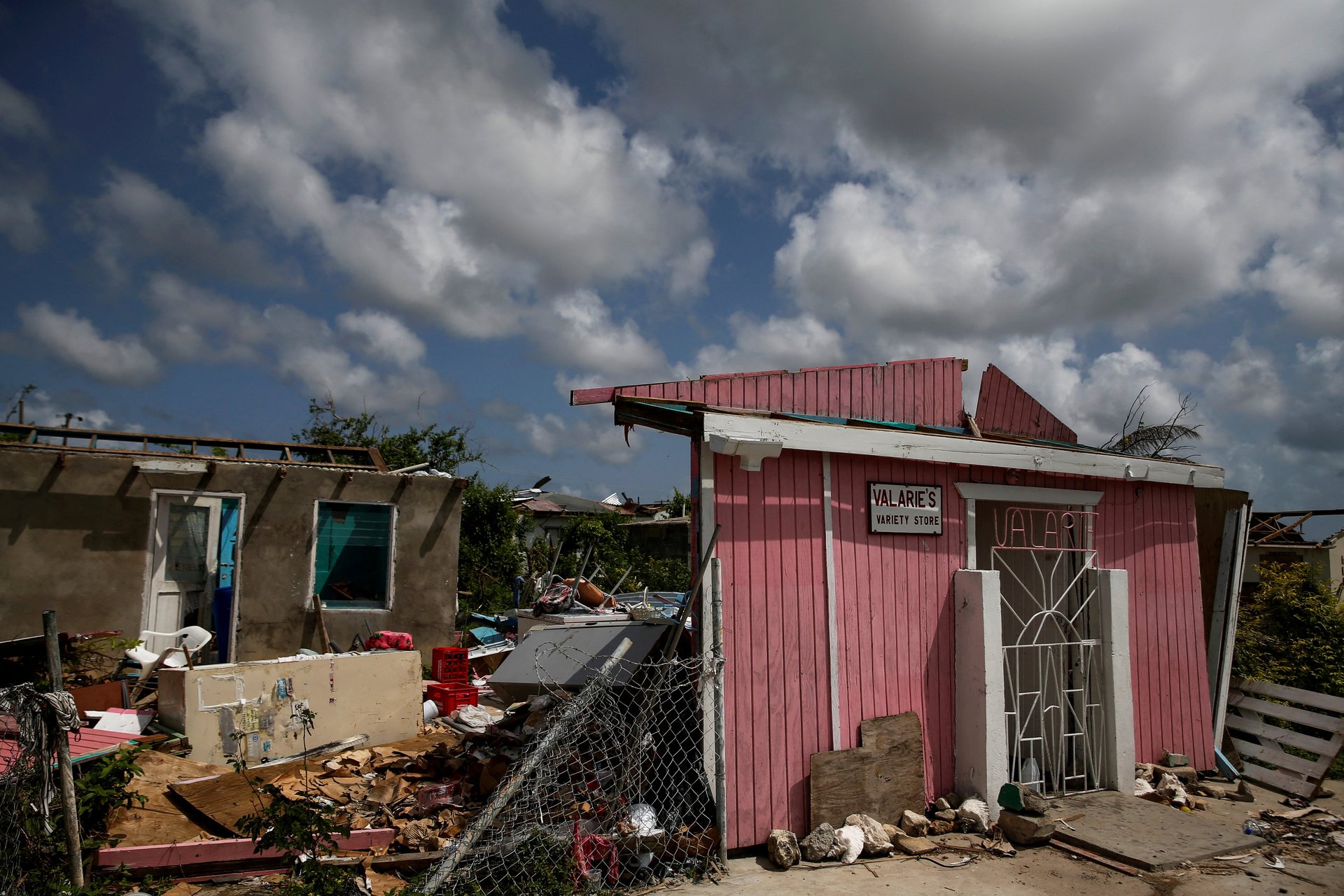COP27 is all about the money
Loss and damage is shaping up for a showdown at COP27

A bill for climate change is coming due: $4.3 trillion. That’s the sum the US and other major carbon polluters will face at the COP27 climate summit in Egypt next month.
It’s the estimated total cost of adapting to climate impacts and transitioning to clean energy as proposed in every countries’ national climate plans under the Paris agreement, according to an Oct. 19 analysis by the World Resources Institute. 89 countries globally requested climate finance, of which most are vulnerable, lower-income countries.
So far, wealthy countries have only managed to raise about $83 billion per year to pay for this, missing their stated goal of at least $100 billion annually by 2020.
As climate change costs rise, those numbers are a major source of tension in Sharm El-Sheikh. More countries are requesting financial assistance to cope with climate change, adding pressure to pay up on wealthier nations that have contributed the most emissions. As host of the event, the Egyptian government has promised to make climate finance the focus, after years on the back-burner.
Loss and damage will be a key issue at COP27
Climate finance falls into several bureaucratic buckets. The first is for activities related to reducing greenhouse gas emissions. Developing country governments typically spend these funds on creating and enforcing environmental regulations, improving agricultural practices, building renewable energy facilities, and other carbon-cutting priorities.
The most controversial category of climate finance, which today is delivered only on a tiny scale, is “loss and damage.” These are costs stemming from unavoidable, severe climate impacts in developing countries. In 2015, the Paris Agreement enshrined the principle that all signatories “recognize the importance of averting, minimizing and addressing” loss and damage. But it meticulously stopped short of assigning specific liabilities to the top historic emitters, making it easy for them to dodge a financial obligation.
Since then, highly vulnerable countries, largely led by island nations such as the Maldives, have pushed for a formal United Nations mechanism to assess damages and collect compensation. In June, a coalition of 55 of the most climate-vulnerable countries across Africa, Asia, and Latin America estimated they lost at least $525 billion, equal to one-fifth of their GDP since 2000, thanks to climate change.
Collecting damages will meet strong opposition from countries such as the US, which lobbied hard against establishing a formal “loss and damages” fund. Negotiators at COP26 in Glasgow pushed off any final decisions on a formal loss and damage system, and the topic has not even been formally added to COP27's negotiation agenda (something that will require the consent of all countries early in the talks).
“This fight is going to start again,” said Juan Monterrey, a member of the COP27 negotiating team for Panama. “There will be a massive push for a facility to provide reparations to countries already experiencing climate change. In Glasgow, the only thing we got was a stupid dialogue, as if we need another discussion about it.”
But it’s not clear the US is willing to budge. Given the enormous cost, top US climate diplomat John Kerry said in September he does not feel “guilty” about the shortfall of loss and damage funding since no government on Earth could afford to compensation for the true scale of loss and damage costs, which he estimated as “trillions of dollars.”
For now, probably the best vulnerable countries can hope for are small, one-off payments from sympathetic countries, mostly in Europe. During COP26 Scotland became the first government to pledge funding for loss and damage, with £2 million ($2.2 million). Belgium and Denmark have since followed up with similar commitments.
For Racquel Moses, a UN special climate ambassador from Trinidad, the COP can’t be considered successful without tangible progress on loss and damage. “There will be a lot of rage without that,” she said, although her expectations are low. “We’ll see some creativity and innovation around it, but it will continue to be drops in the bucket.”
The bill keeps growing
Every year that passes without climate compensation, the most vulnerable countries fall deeper into climate-induced debt, says Panama’s Monterrey.
“The pace of the negotiations has been far below the pace of the urgency of climate change,” Monterrey said. “I’m concerned about how complex and bureaucratic it has become, and detached from reality. We spend hours and hours fighting about grammar and punctuation, and outside people are fighting for their lives.”
No universal definition exists of how to count financial, technical, or in-kind aid count as “loss and damage finance.” That may allow developed countries to shuffle piles of money around and appear to make progress without really increasing their commitments. But that vagueness may also open a window for negotiators to frame loss and damage finance as akin to any other kind of humanitarian aid that rich countries routinely provide, which may make increasing it more palatable to taxpayers at home, said Nina Jeffs, an environmental researcher at the think tank Chatham House.
“There’s been a taboo on the issue of liability for loss and damage,” Jeffs said. “Socializing the idea of loss and damage as something based on solidarity, rather than reparations, is a way for it to get more political buy-in from developed countries. But that will take time.”
